Post by Bonobo on Dec 25, 2020 14:37:38 GMT 1
Awful but also fascinating to some people.
en.wikipedia.org/wiki/Brutalist_architecture
Brutalist architecture, or New Brutalism, is an architectural style which emerged during the 1950s in Great Britain, among the reconstruction projects of the post-war era.[1][2][3] Brutalist buildings are characterised by minimalist constructions that showcase the bare building materials and structural elements over decorative design.[4][5] The style commonly makes use of exposed concrete or brick, angular geometric shapes and a predominantly monochrome colour palette;[6][5] other materials, such as steel, timber and glass, are also featured.[7]
Descending from the modernist movement, Brutalism is said to be a reaction against the nostalgia of architecture in the 1940s.[8] Derived from the Swedish phrase nybrutalism, the term "New Brutalism" was first used by British architects Alison and Peter Smithson for their pioneering approach to design.[9][6][10] The style was further popularised in a 1955 essay by architectural critic Reyner Banham, who also associated the movement with the French phrases béton brut ("raw concrete") and art brut ("raw art").[11][12] The style, as developed by architects such as the Smithsons and Hungarian-born Ernő Goldfinger, was partly foreshadowed by the work of other architects such as French-Swiss Le Corbusier, Estonian-American Louis Kahn and Finnish Alvar Aalto.[5][13]
In Great Britain, Brutalism was featured in the design of utilitarian, low-cost social housing influenced by socialist principles and soon spread to other regions across the world.[4][5][14] Brutalist designs became most commonly used in the design of institutional buildings, such as universities, libraries, courts and city halls. The popularity of the movement began to decline in the late 1970s, with some associating the style with urban decay and totalitarianism.[5]
Brutalism has been polarising historically; specific buildings, as well as the movement as a whole, have drawn a range of criticism (often being described as "cold" or "soulless"), but have also elicited support from architects and local communities (with many brutalist buildings having become cultural icons, sometimes obtaining listed status).[4] In recent decades, the movement has become a subject of renewed interest.[4] In 2006, several Bostonian architects have called for a rebranding of the style to "Heroic architecture" to distance itself from the negative connotations of the term brutalism.
www.onet.pl/styl-zycia/morizon/brutalizm-w-polskiej-architekturze-13-niesamowitych-obiektow/yxsjr9e,30bc1058
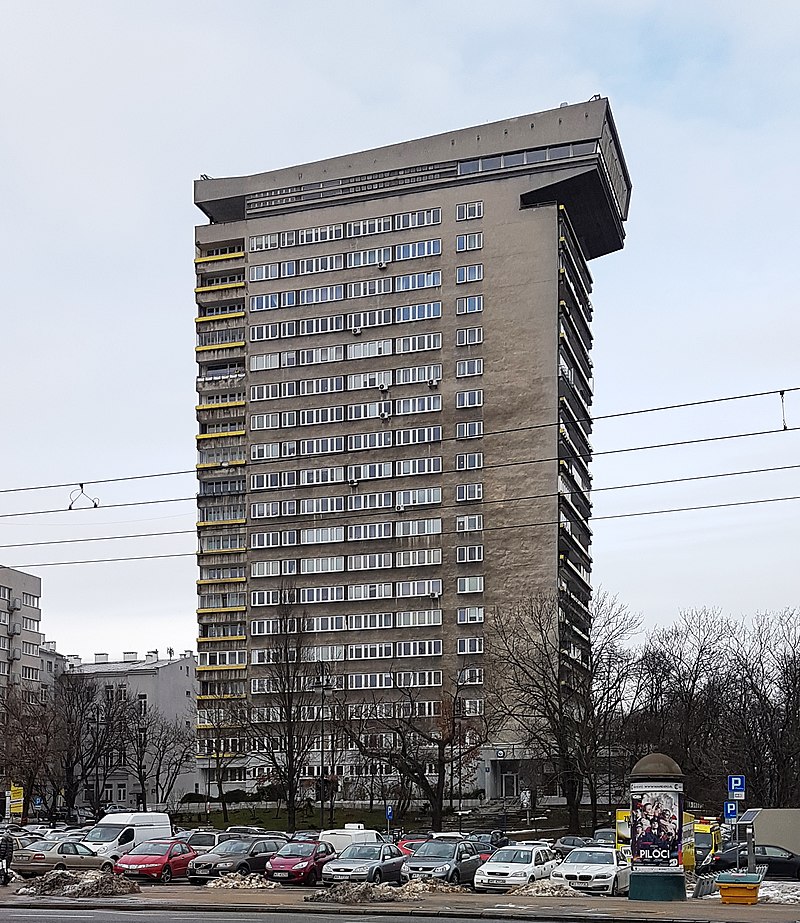
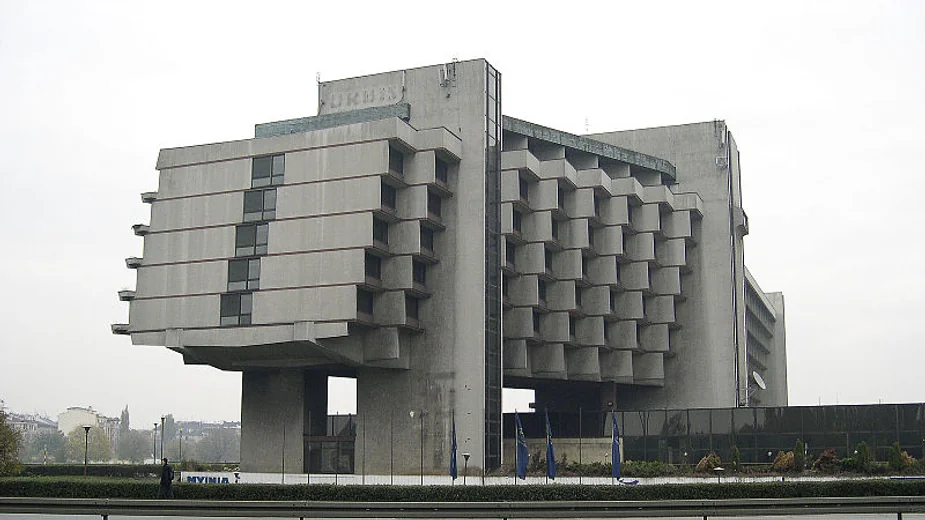
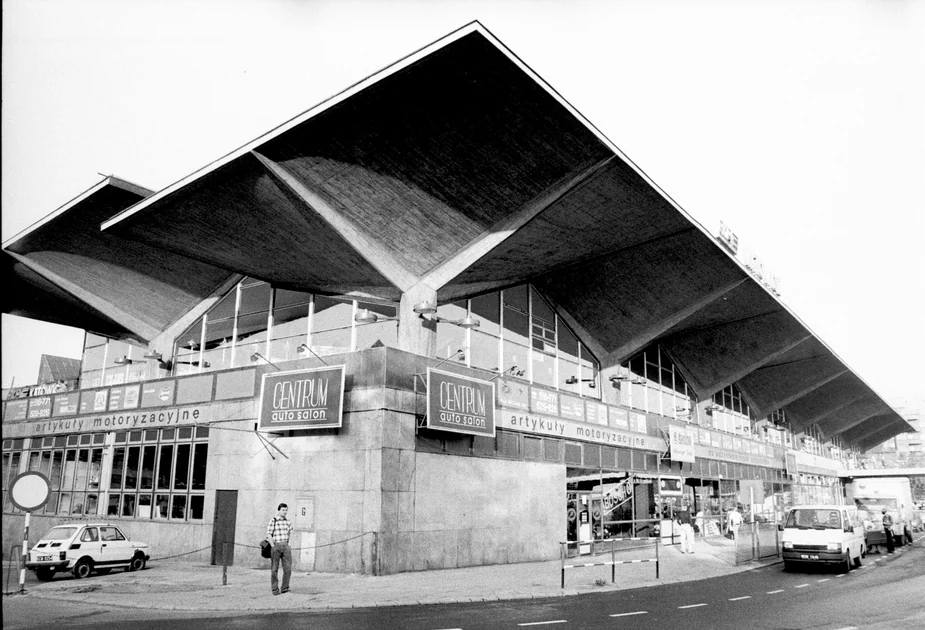
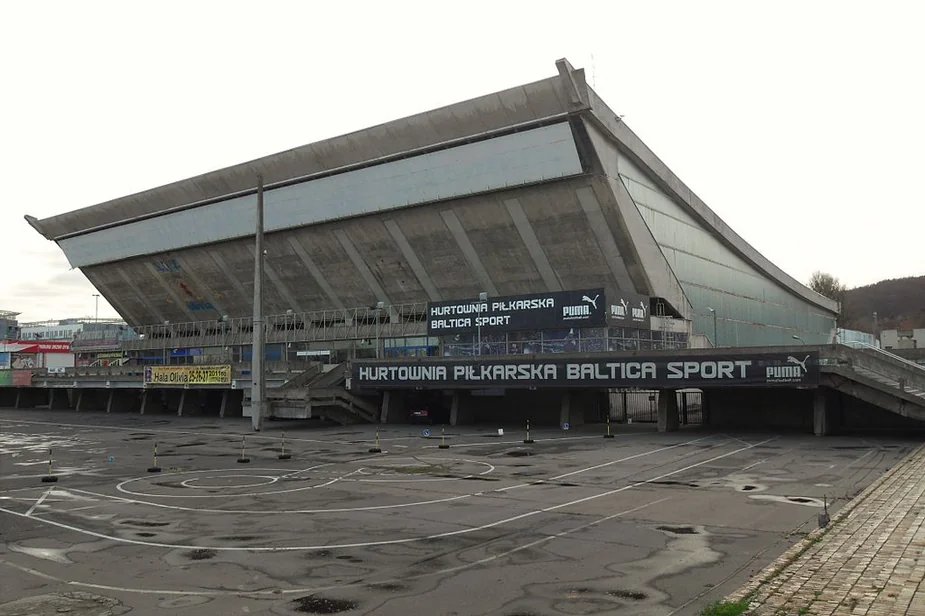

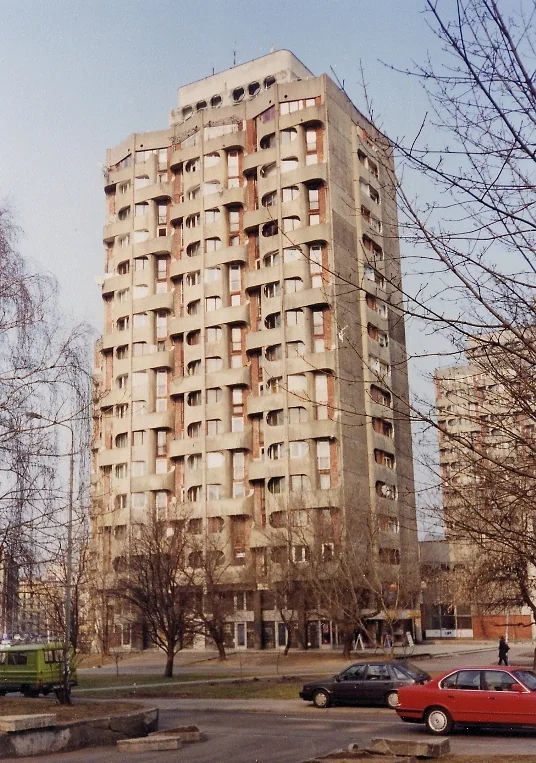
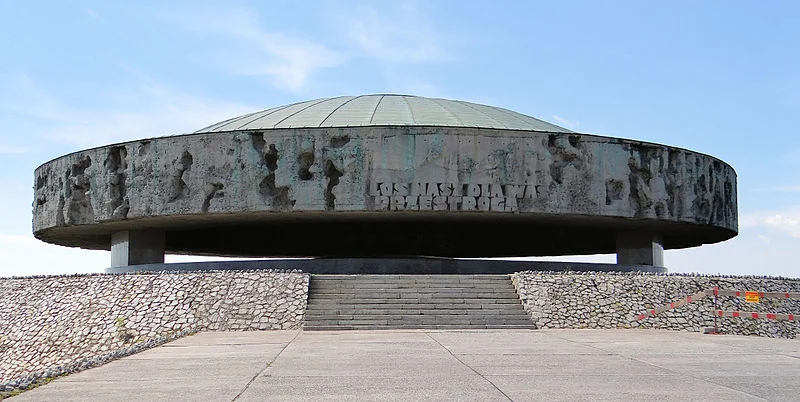




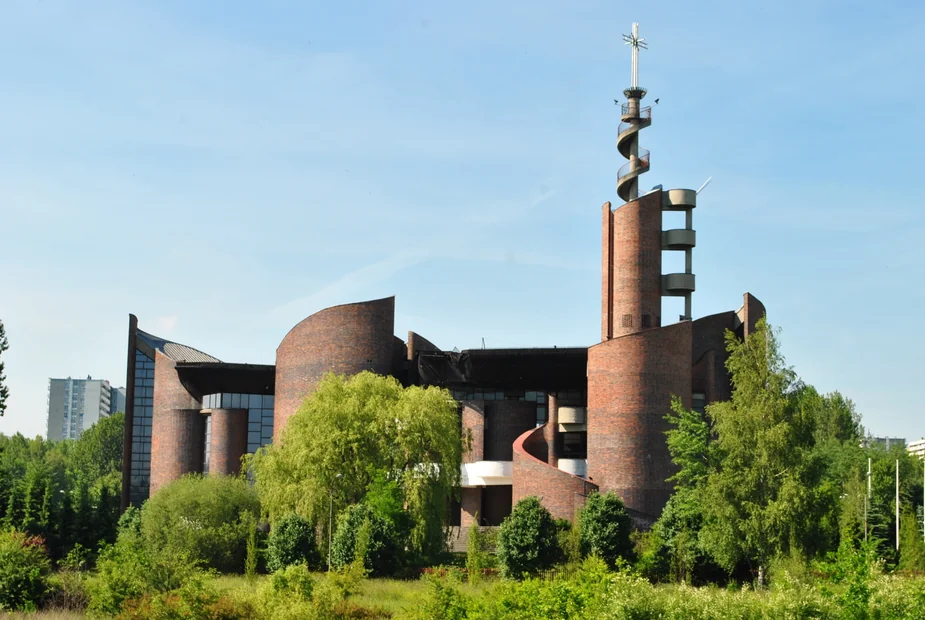
en.wikipedia.org/wiki/Brutalist_architecture
Brutalist architecture, or New Brutalism, is an architectural style which emerged during the 1950s in Great Britain, among the reconstruction projects of the post-war era.[1][2][3] Brutalist buildings are characterised by minimalist constructions that showcase the bare building materials and structural elements over decorative design.[4][5] The style commonly makes use of exposed concrete or brick, angular geometric shapes and a predominantly monochrome colour palette;[6][5] other materials, such as steel, timber and glass, are also featured.[7]
Descending from the modernist movement, Brutalism is said to be a reaction against the nostalgia of architecture in the 1940s.[8] Derived from the Swedish phrase nybrutalism, the term "New Brutalism" was first used by British architects Alison and Peter Smithson for their pioneering approach to design.[9][6][10] The style was further popularised in a 1955 essay by architectural critic Reyner Banham, who also associated the movement with the French phrases béton brut ("raw concrete") and art brut ("raw art").[11][12] The style, as developed by architects such as the Smithsons and Hungarian-born Ernő Goldfinger, was partly foreshadowed by the work of other architects such as French-Swiss Le Corbusier, Estonian-American Louis Kahn and Finnish Alvar Aalto.[5][13]
In Great Britain, Brutalism was featured in the design of utilitarian, low-cost social housing influenced by socialist principles and soon spread to other regions across the world.[4][5][14] Brutalist designs became most commonly used in the design of institutional buildings, such as universities, libraries, courts and city halls. The popularity of the movement began to decline in the late 1970s, with some associating the style with urban decay and totalitarianism.[5]
Brutalism has been polarising historically; specific buildings, as well as the movement as a whole, have drawn a range of criticism (often being described as "cold" or "soulless"), but have also elicited support from architects and local communities (with many brutalist buildings having become cultural icons, sometimes obtaining listed status).[4] In recent decades, the movement has become a subject of renewed interest.[4] In 2006, several Bostonian architects have called for a rebranding of the style to "Heroic architecture" to distance itself from the negative connotations of the term brutalism.
www.onet.pl/styl-zycia/morizon/brutalizm-w-polskiej-architekturze-13-niesamowitych-obiektow/yxsjr9e,30bc1058







